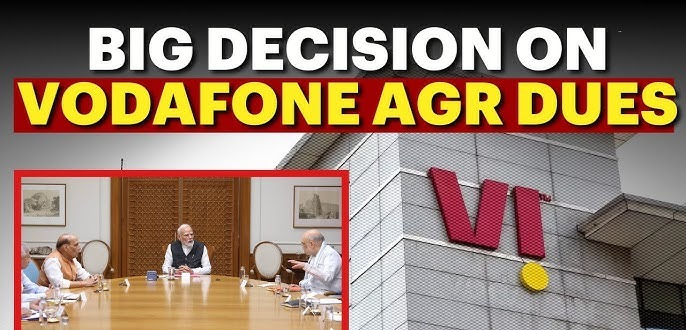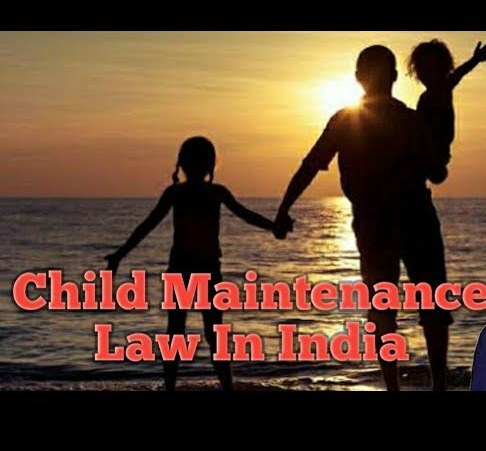Chakravarti, J.@mdashThis appeal arises out of a suit brought by the plaintiff to enforce three mortgage bonds said to have been executed by one Raja Balabhadra Singh. The suit was decreed partially in the Court below and against that decision the Defendant No. 29 has preferred this appeal. The bond dated the 11th July 1905 is the only bond which is contested before us and the present appeal relates to that bond and that bond alone.
2. There were numerous defendants in the suit. The defence of the Defendant No. 29 was that the bond in question dated the 11th July 1905, was not a genuine document and that no consideration was paid for it. The plaintiff is a purchaser of the mortgage bond from the original mortgagee one Srinath Sahu. He bought it on the 1st July 1909 and instituted the present suit on the 9th March 1918, and, in addition to the representatives of the original mortgagor, numerous other defendants, were impleaded as subsequent mortgagees or as purchasers of portions of the equity of redemption. The Subordinate Judge, as already stated, has given a decree to the plaintiff and the present appeal has been preferred by the Defendant No. 29 alone. The learned Judge has found on the evidence that the plaintiff has discharged the onus of proving that the mortgage in question was really a genuine transaction and that consideration had been paid as stated in the bond. The consideration in the bond recited consists largely of moneys due under old mortgages, and also three items of money, Rs. 700 said to have been borrowed by the mortgagor on notes of hand; Rs. 411-9-0 borrowed on the occasion of the sradh ceremony of the late Rani Nil Kumari and a sum of Rs. 200 advanced to the debtor by the mortgagee for litigation expenses. In this appeal, it has been contended on behalf of the appellant that the learned Subordinate Judge ought to have held that as against him, a subsequent purchaser of the equity of redemption, the plaintiff was bound to prove the debts in order to bind the present defendant. As a proposition of law, it cannot be questioned that a mortgagee, in circumstances like these, has to prove by affirmative evidence the validity of the consideration and also that it had passed from the creditor to the debtor. The mere admission of the debtor in the mortgage-bond does not shift the onus as it would have been if the suit had been brought against the mortgagor himself alone. The plaintiff, has to give the best evidence possible that the bond was for a really good consideration. But in this case the plaintiff had to prove his case under considerable difficulties because the bond debts which formed part of the consideration were debts going back to about forty years from the time when the suit was brought. The previous bonds which were recited as the consideration for the bond in question were executed for debts due on older mortgage bonds and so on. The plaintiff, however, was able to produce two of the numerous attesting witnesses to this bond and the learned Subordinate Judge has accepted their evidence as reliable. In the circumstances, the evidence of those two attesting witnesses, if believed, is, to my mind, sufficient to prove the plaintiff''s case. The witnesses not only proved the mortgage-bond but they also stated that the consideration for the bond was admitted by the debtor before them, and there was practically no effective cross-examination of those witnesses on this point. No circumstances have been brought to our notice which would, in my opinion, give rise to any doubt as to the bona fides of this transaction; therefore, generally, it can be safely said that consideration for the bond has been established by the evidence of those witnesses.
3. Some criticism was directed against the three items stated above which formed part of the consideration, namely, Rs. 700, said to have been paid on hand-notes, Rs. 411 odd said to have been spent for the purpose of sradh ceremony of Rani Nil Kumari and Rs. 200 lent for the purpose of litigation. The evidence shows that the hand-notes were produced at the time of the execution of the present bond and the accounts showing the payments of the other items were also produced and the debtor, as I have already stated, admitted his liability on these accounts. If the statements of the two witnesses are accepted, in my opinion, there is sufficient evidence to prove the consideration for this bond. It is suggested on behalf of the appellant that the debt said to have been due on account of the sradh expenses of the late Rani Nil Kumari was fictitious because, as a matter of fact, the evidence shows that one Radhasyam Singh--the rival claimant to Balbhadra--really performed the sradh of the deceased lady. I do not think that it is necessary for the plaintiff to prove that Balabhadra actually spent the money for the sradh of the lady Rani Nil Kumari. Ordinarily, one would find that, if there are two rival claimants by right of succession, both would perform, or, at any rate, make some show of performance of the obsequies and the sradh of the deceased in order to establish a claim to succeed. However, as this debt was admitted by the debtor and the witnesses spoke of it, it is unnecessary to pursue the matter further. On the whole I think that the judgment of the learned Subordinate Judge is correct and that there are no grounds to interfere with his decision. The result, therefore, is that the appeal is dismissed with costs. We allow only one hearing-fee half of which will go to the plaintiff, and the other half will be divided equally between the Respondents Nos. 70 and 86, namely, Srimati Chandra Kumari Debi and Fakir Chunder Dutt.
4. The cross-objection is not pressed and is dismissed without any order as to costs.
Walmsley, J.
5. I agree.

